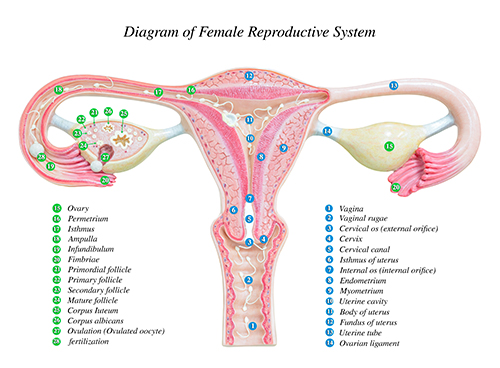To understand fertility requirements, it is first important to understand how pregnancy comes about. For pregnancy to occur, sperm and egg need to come together. This will only occur if an egg has been released and if sexual intercourse occurs around the time that the egg is released. The egg is released from the surface of the ovary at ovulation and is swept up by the “fingers” or fimbriae at the end of the Fallopian tube. The sperm needs to be of good enough quality to swim from the vagina, through the neck of the womb and all the way through the womb cavity and Fallopian tube to meet the egg which waits within the end portion of the tube. Since a single sperm (or spermatozoon) is only 0.005 cm long and the distance from the neck of the womb to the outer portion of the tube is around 18 cm, sperm would need to swim a distance equivalent to 3600 times their length to get to the egg! Although over 50-100 million sperm may be present in a single ejaculate, only around 1 out of every million sperm will reach the egg at the end of the tube.

Based on the foregoing, therefore, the three fundamental requirements for falling pregnant are:
- Regular ovulation
- Healthy Fallopian tubes
- Good quality sperm
